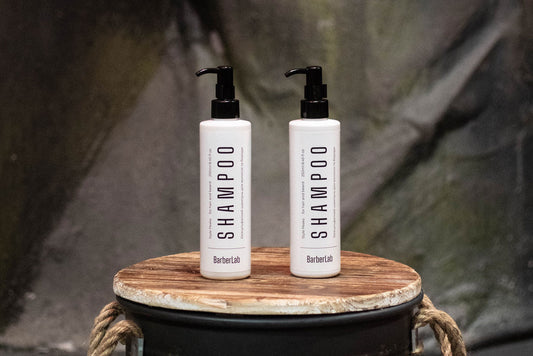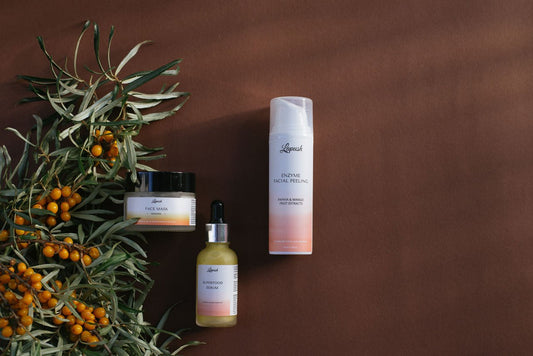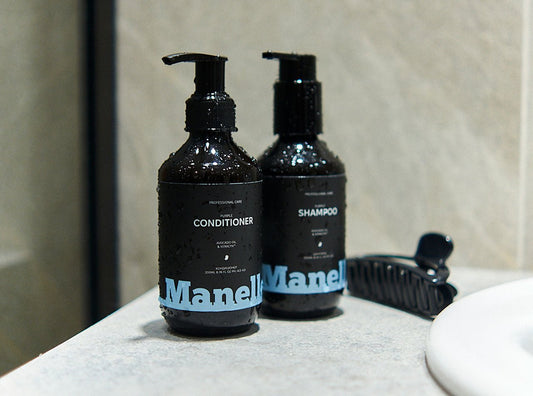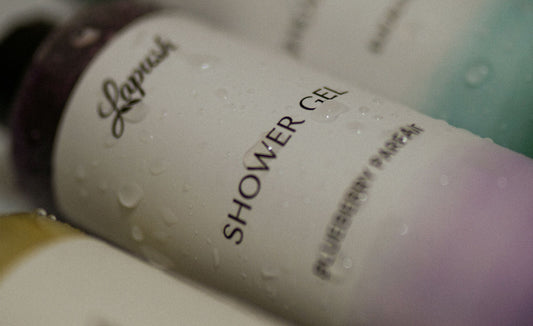
Natural cosmetic oils in ancient times: legends and history
The art of making cosmetics from oil appeared many centuries ago. In fact, it is aromatic oils, along with herbal decoctions, that are the first and oldest cosmetic products. They were used in old times as perfume and even medicines - the breadth of their application is truly limitless!
The very word "Perfume" comes from the Latin expression "rer fumum" - "through smoke", since heating was necessarily used to obtain the aroma.
Such demand is not surprising - the magical power of plants is known to everyone. Let's add incense and the wonderful properties of essential oils as a means of aromatherapy - and voila! - Practically universal cosmetics in your hands.
When did it happen?
No one knows for sure when exactly people learned to extract oil from plants, but they began to use them for medicinal purposes even during the primitive communal system. This is evidenced by rock paintings that probably served as instructions for the use of plants in the preparation of a healing potion.
And by the 5th millennium BC craftsmen were already extracting aromatic substances from herbs and flowers - in one of the Pakistani museums, an ancient ceramic distiller, which is at least 5000 years old, is kept.
Ancient Egypt
Egyptians were known for cosmetics and perfumes. Due to these precious substances, more than one brutal battle between the armies of the greedy pharaohs flared up at one time.
The legendary ancient Egyptian aromatic mixture called Kifi consisted of 16 different ingredients, and its exact recipe has remained a mystery. It probably included cinnamon and juniper oils.
Having noticed how quickly essential oils evaporate, it was the Egyptians who learned to mix them with fats in order to preserve valuable potions for a long time.
Priests used aromatic oils to prepare baths, inhalations, rubs, rinses and healing ointments. The ancient Egyptian nobility used them to preserve the beauty of the body, calm down, increase sexual desire and even as contraception.
Special smoking was used to increase the aggression of warriors before the battle - such is the great effect of aromatic oils on a person.
The most popular were oils of rose, myrtle, lichen, cedar, and various types of juniper.
Ancient Greece
The beginning of Greek perfumery was laid by Alexander the Great. Having won victories in military campaigns in Asia Minor and Egypt, he took over from the local residents the art of using aromatic oils not only as incense for the gods, but also as cosmetic products.
In the Athenian markets, salves and rubs made from sage, rose, orris oil, as well as almond and olive oil were traded. They were used both for cosmetic and medicinal purposes, and for aromatherapy.
Contemporaries attribute the following words to Hippocrates himself: "The path to health lies through a daily aromatic bath and massage." And this is true, there are many examples in history when the plague wiped out entire cities and bypassed those areas where the inhabitants dealt with aromatic mixtures. After all, essential oils are powerful antiseptics - a bath with such oils can work wonders.
Ancient Rome
The ancient Romans, who had a special passion for cosmetic procedures, literally doused themselves in aromatic oils and took baths with them. They learned to use incense not only in the form of oils, but also used it in solid and powdered form. In order to cope with all this diversity, every self-respecting Roman had a special slave - cosmetae. His duties included incessantly anointing and rubbing the gentleman or lady with incense.
Rose, juniper, cypress, and marjoram oils were most often used to make cosmetics in Ancient Rome. However, the most favorite among the Romans was saffron oil.





